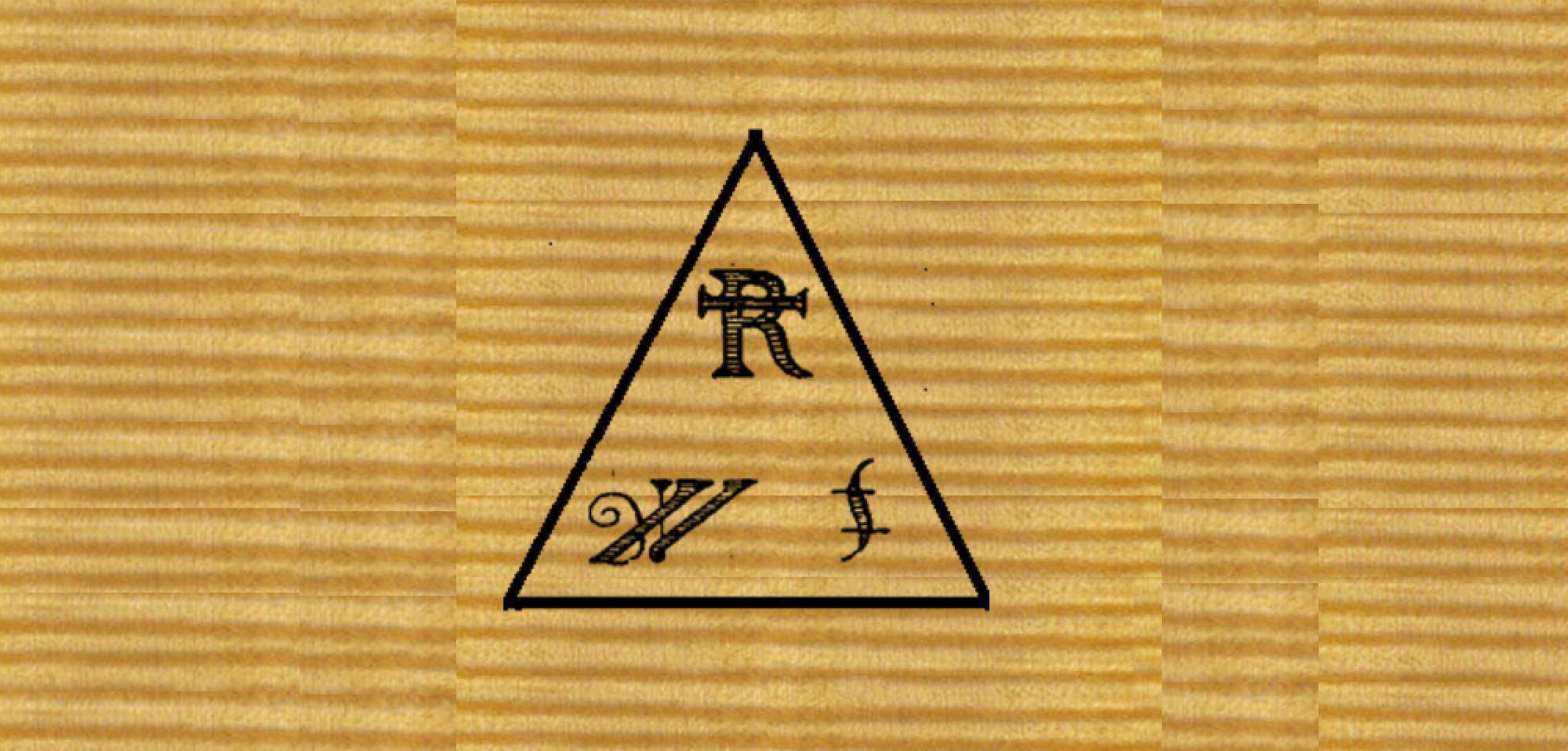Violin Varnish Ltd.
How to make varnish
“Schedula Diversarum Artium”
of Theophilus Presbyter
Circa 1200 AD

Pone oleum in novam parvulam et adde gummi quod vocatur fornis, minutissime tritum, quod habet speciem lucidissimi thuris, sed cum frangitur fulgorem clariorem reddit; quod cum super carbones coque diligenter sic ut non bulliat, donec tertia pars consumatur; et cave a flamina, quod periculosum est nimis, et difficile extingguitur si accendatur. Hoc glutine omnis picture super linita fit decorra acomnino durabilis. Compone quatuor vel tres lapides qui possent ignem sustinere ita ut resilient et wuper ipsos pone ollam rudem, et in eam mitte supradictum gummi fortis, quod Romana glassa vocatur, et super os hujus ollae pone ollam minorem, quae habeat in fundo modicum formen. Et circumlineas ei pastam, ita ut nihil spiraminis inter ipsos ollas exeat. Habebis etiam ferrum gracile manubrio impositum, unde commovebis ipsum gummi, et cum quo sentire possis ut omnino liquidum fiat. Habebis quoque ollam teriam super carbones positam, in qua sit oleum calidum, et cum gummi pentus liquidum fuerit, ita ut extreme ferro quasi filum trahitur, infunde ei oleum calidum, et ferro commove, et insimul coque ut non bulliat, et interdum extrahe ferrum et lini modice super lignum sive super lapidem, ut probes diversitatem ejus; et hoc caveas in pondere ut sint duae partes olei et tertia gummi. Cumque ad libitum tuum coxeris diligenter, ab igne removens et discoperiens, refrigerari sine.
Put some linseed oil into a small new jar, and add some of the gum which is called fornis [varnish], very finely powdered, which has the appearance of the most transparent frankincence, but when it is broken it gives back a more brilliant luster; which, when you have placed over the coals, cook carefully so that it may not boil, until a third part is evaporated; and guard from the winds because it is dangerous to extinguish if it takes fire from the top. Every picture smeared over with this glaze becomes clear and beautiful and in every way durable. Set up four or three stones which are able to stand the fire so that they lean apart; on these place a common pipkin, and in this put the above mentioned portion of the gum fornis, which called Roman glassa [amber], and over the mouth of this pot set a smaller pipkin which has in the bottom a middling-size hole. And around these put luting so that nothing may get out of the crevice between the pots. You should have, moreover, a slender iron rod set in a handle with which you may stir this mass of gum, with which you may feel that it is entirely liquid. You must have also a third pot set over the coals, in which is hot oil, and when the interior of the gum has become liquid, so that with the end of the rod it may be drawn out like a thread, pour into it the hot oil and stir it with the iron rod, and at the same time cook it so that it may not boil, and from time to time draw out the rod and smear it properly over a piece of wood or stone, that you may fine out if there is a separation; and see to this that in weight there be two parts of oil and the third of gum. And when, in your judgment, you hav cooked it thoroughly, removing it from the fire and uncovering it, cool it out of doors.
Courtesy of The Strad Magazine
